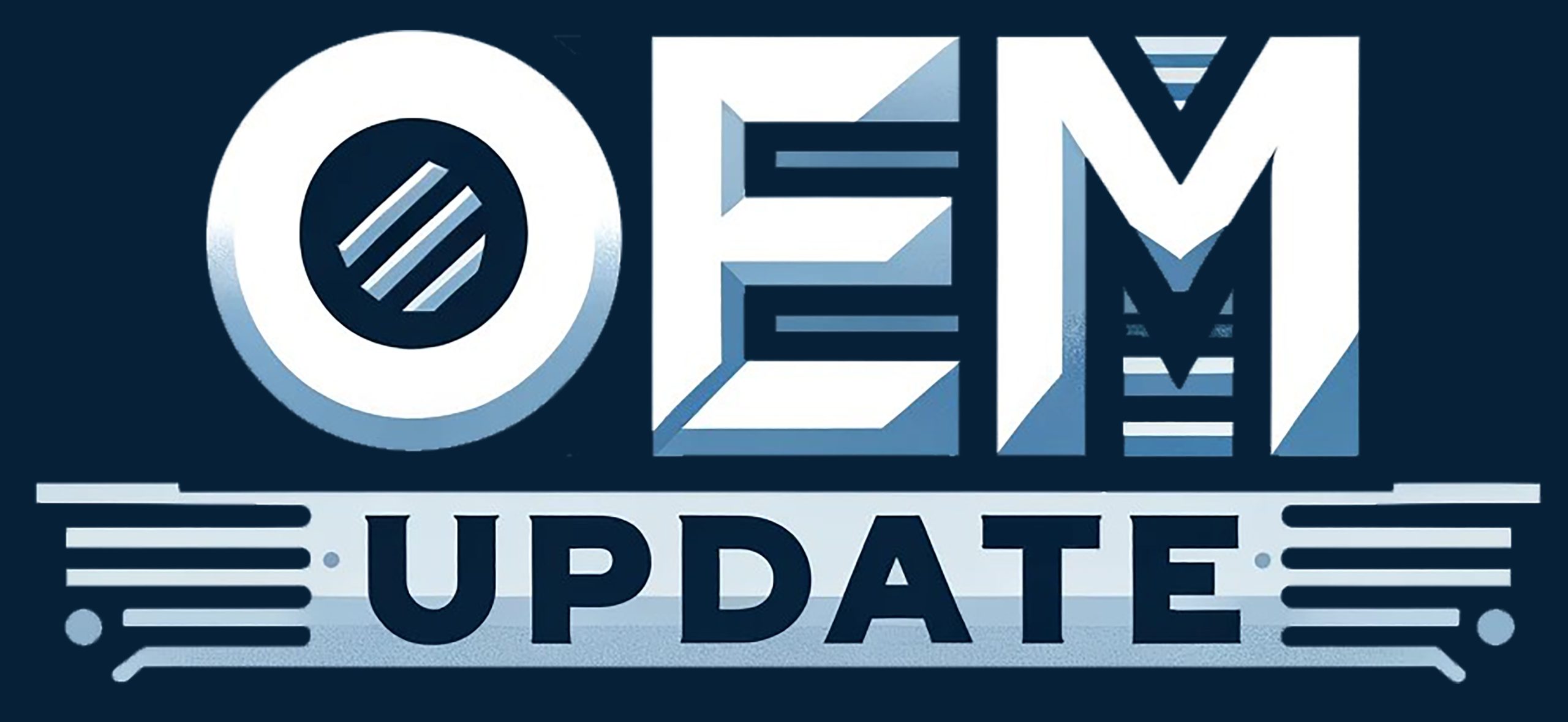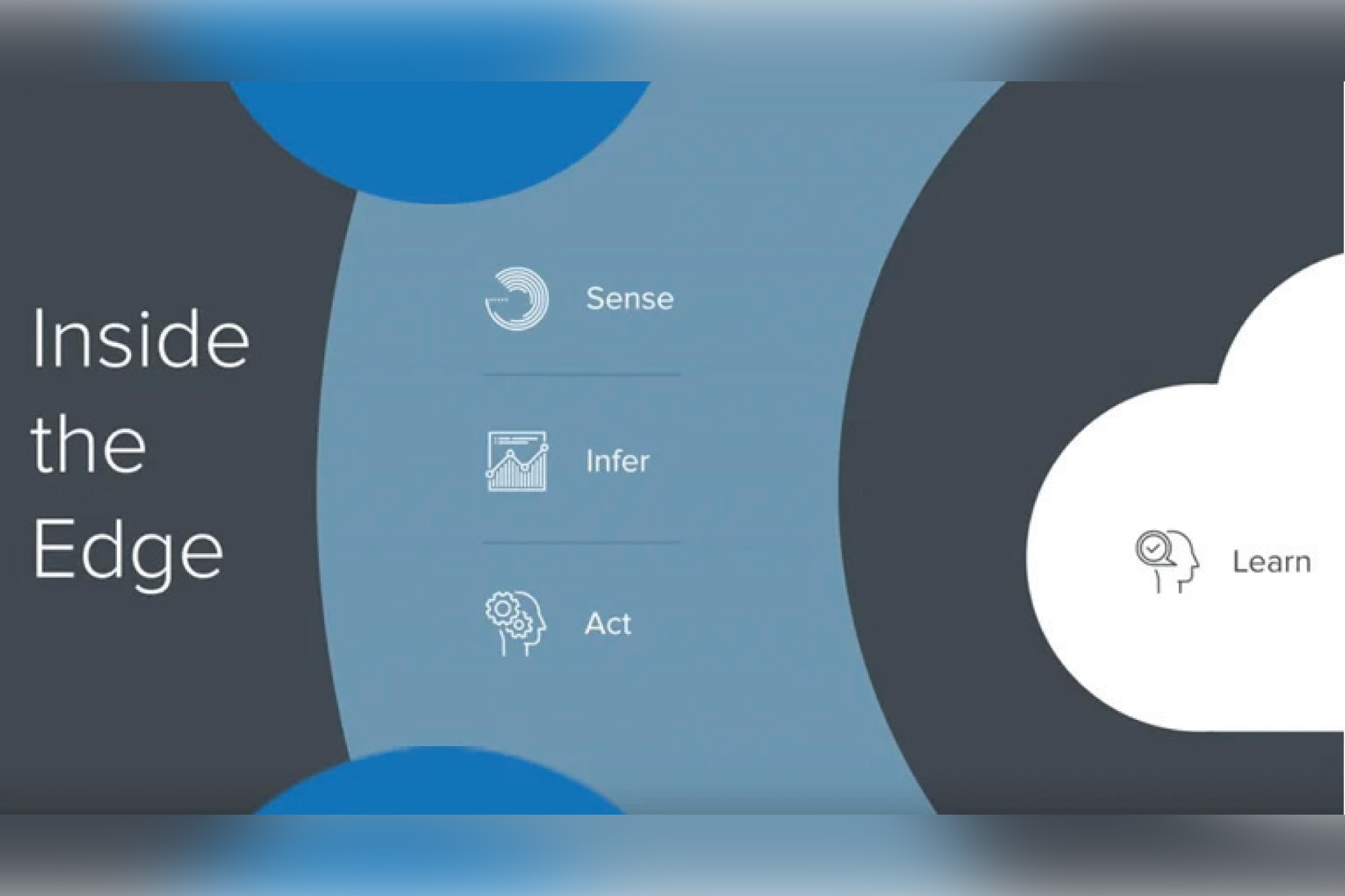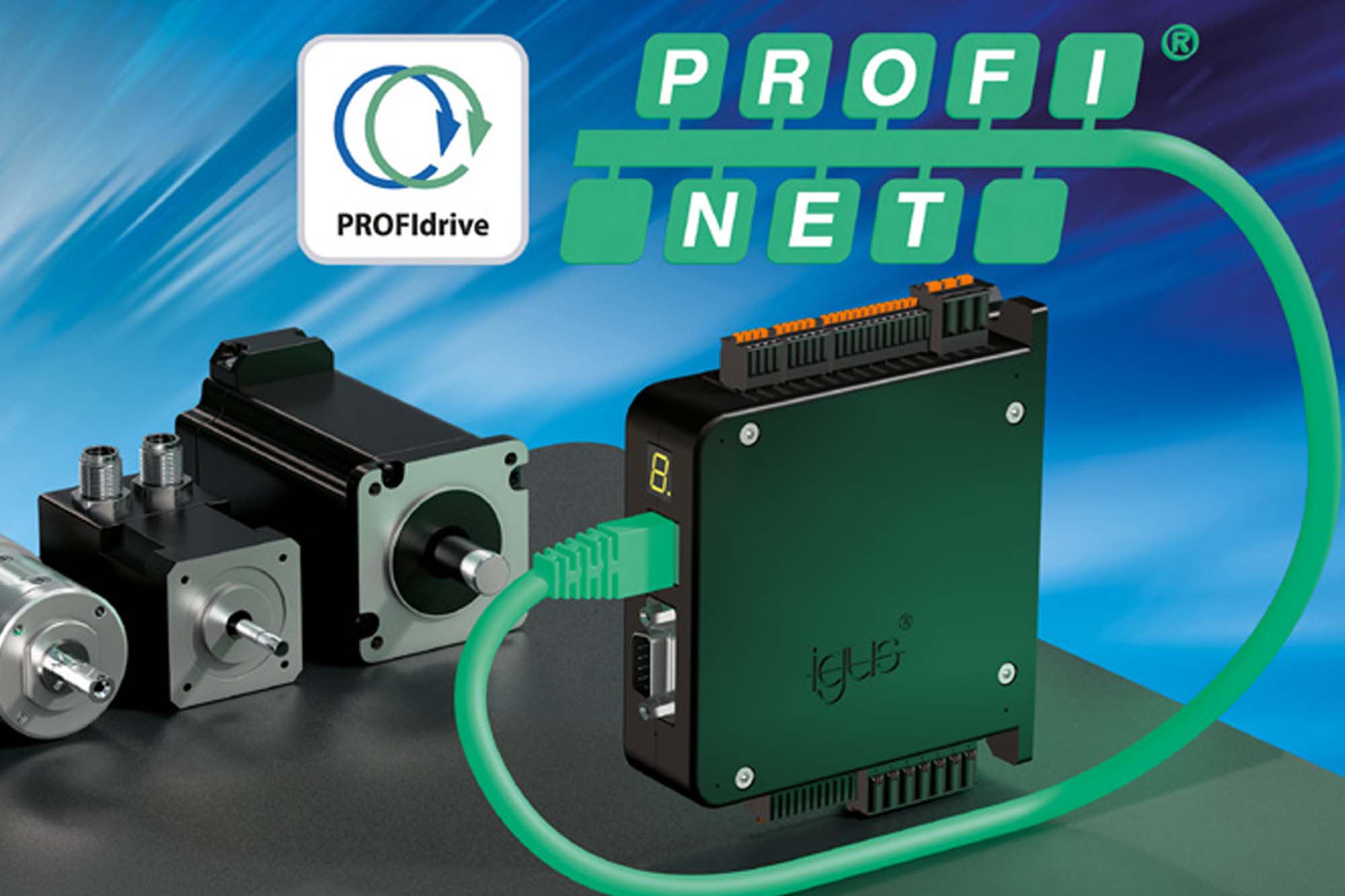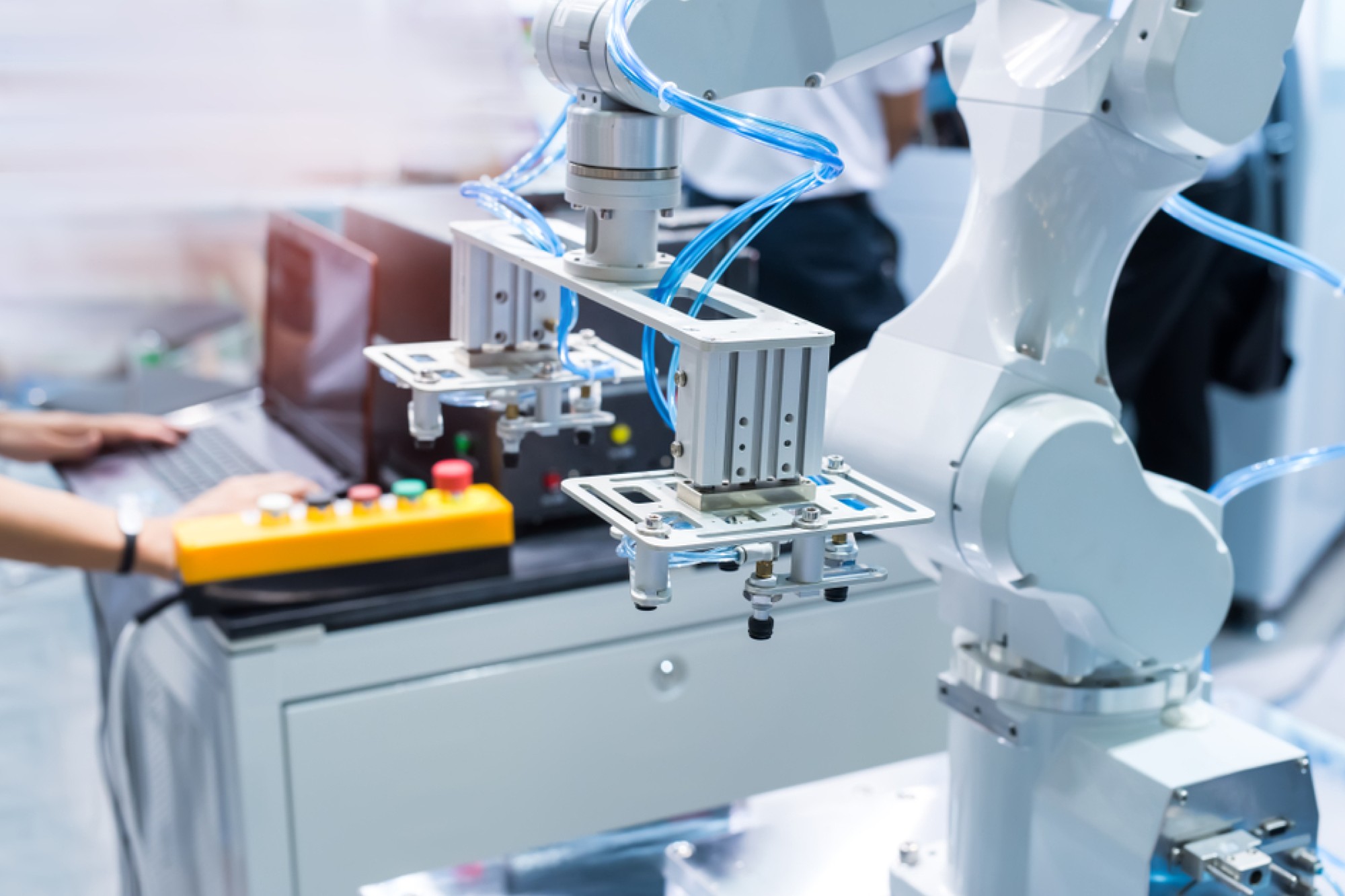Exor India presents intelligent edge platforms
By Staff Report August 22, 2025 12:35 pm IST
Exor India has a grasp on industrial control with intelligent edge platforms that provide decentralised and software-defined automation systems.
Speed, flexibility, and connectivity are critical parts of any industry. Control architectures are constantly evolving to meet these demands. Exor India Pvt. Ltd., a subsidiary of the Italian 50-year-old company Exor International, is at the forefront, championing a new approach built around intelligent edge platforms.
These devices go beyond simple data acquisition. They process high CPU loads, run control logic in real time, and act as the convergence point between OT and IT. In doing so, they enable a new generation of decentralised, software-defined automation systems, tailored to the needs of Indian manufacturers navigating digital transformation.
What makes Edge “Intelligent” in the industrial control ecosystem?
An intelligent edge device is beyond data relay. It is a decision-making node, integrating multiple functions:
- Real-time control, augmenting or replacing PLCs
- Web-based visualisation (e.g., HTML5 HMIs)
- Local data processing and storage, including pre-aggregation and enrichment
- Containerised application hosting (e.g., AI, analytics, control logic)
- Secure communication to cloud, MES, and factory networks
- Industrial DevOps readiness
This transformation takes edge computing from a technical upgrade to give it a strategic foundation for smart manufacturing.
Why shift from centralised to decentralised control?
Traditional layered models (sensor → PLC → SCADA/server) created bottlenecks and dependencies. Intelligent edge platforms disrupt this model by embedding control close to the machine, which delivers:
- Ultra‑low latency
- Greater resilience
- Local autonomy
Applications benefiting from this include predictive maintenance, real-time motion control, and on-site energy optimisation.
Moreover, control logic is now software-defined, enabling engineers to deploy and update applications without hardware modifications.
Best practices for deploying intelligent edge
The benefits of edge computing are undeniable; however, deploying it successfully involves several key considerations, such as:
- Select rugged, industrial-grade hardware – Platforms like Exor’s Xedge and Microedge are modular and scalable, offering RTOS, container support, and secure boot.
- Implement layered cybersecurity – Features such as encryption, secure boot, access controls, and OTA updates are essential for integrity and compliance.
- Ensure interoperability with open protocols – Support for OPC UA, MQTT, Modbus, and REST APIs ensures seamless integration with existing systems.
- Adopt hybrid edge-cloud architectures – Keep mission-critical control local, while leveraging cloud for analytics and coordination.
- Empower teams with modern skills and tools – Investing in training for DevOps and containerisation, or providing low-code environments like CORVINA that facilitate adoption.
Edge: The foundation of software‑defined manufacturing
For Exor India, intelligent edge platforms are the foundation of a new digital production architecture. By combining robust hardware with cloud-native tools like the CORVINA IIoT platform, manufacturers gain full control over their transformation, at their own pace and scale.
Conclusion
The intelligent edge is reshaping how industrial systems are built, deployed, and evolved with:
- Real-time responsiveness
- Enhanced flexibility
- Local autonomy
- Seamless IT/OT integration
Cookie Consent
We use cookies to personalize your experience. By continuing to visit this website you agree to our Terms & Conditions, Privacy Policy and Cookie Policy.















